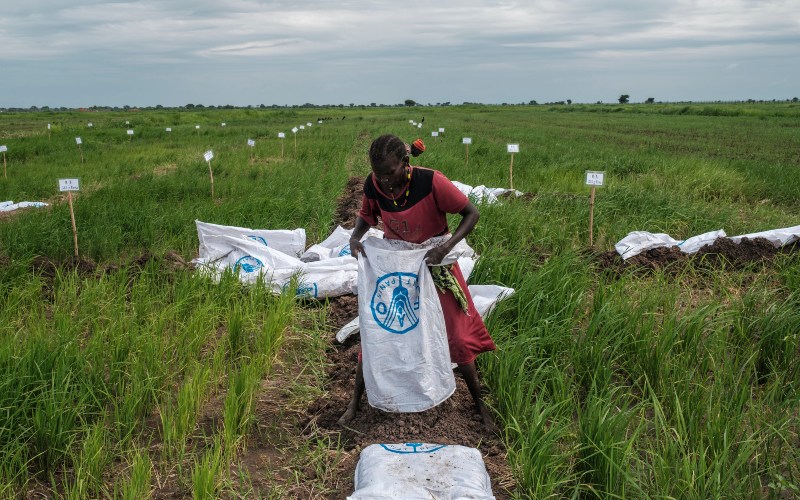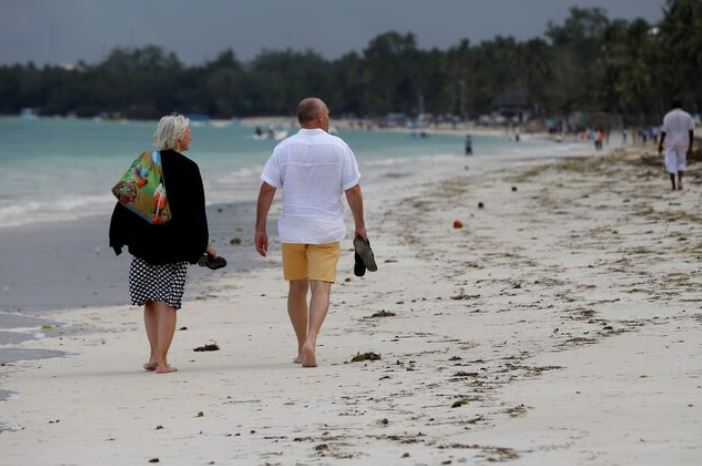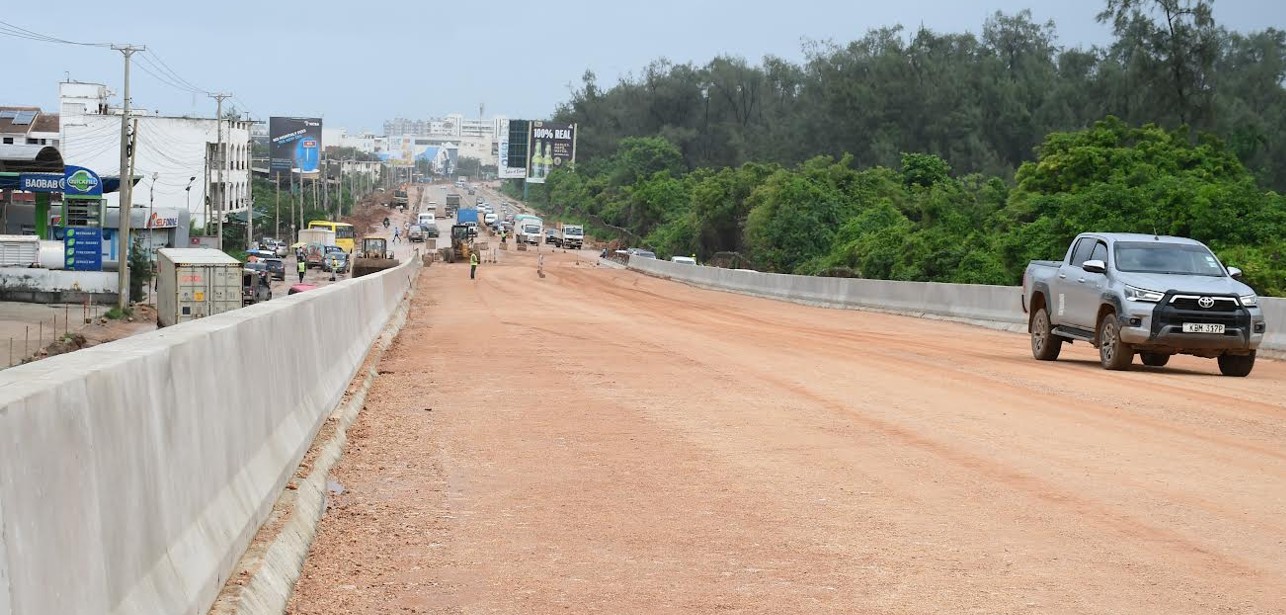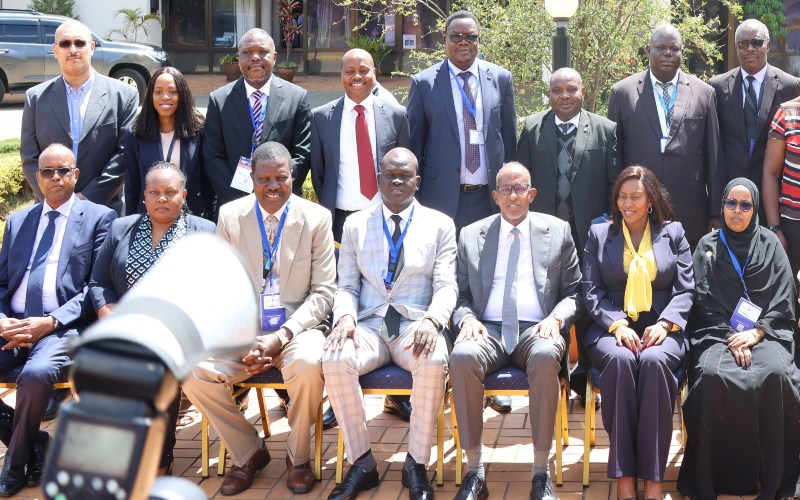Teenage pregnancy key driver of preterm births in Africa, studies show
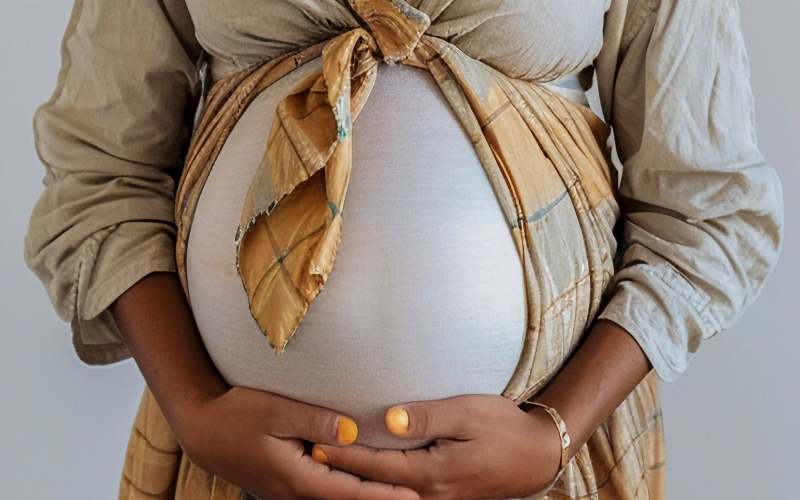
Teenage pregnancies, particularly in Kenya and across sub-Saharan Africa, are closely linked to preterm births and adverse neonatal outcomes.
Teenage pregnancies continue to pose serious health risks in Kenya and across sub-Saharan Africa, with preterm birth emerging as one of the most life-threatening complications.
According to the World Health Organisation (WHO), babies born before 37 weeks of gestation face significantly higher chances of neonatal death and long-term health problems.
More To Read
- WHO warns tobacco use threatens fertility in men, women
- Africa’s hidden stillbirth crisis: New report exposes major policy and data gaps
- North Eastern Commissioner urges multi-sectoral cooperation to bolster regional security
- Born too soon: The hidden burden of preterm birth, fight for survival
- Governors decry Health Ministry’s move to deny maternity funds to dispensaries
- MPs pass historic Bill regulating fertility treatments and surrogacy
Premature infants are more susceptible to respiratory distress, infections, and underdeveloped organs, while teenage mothers, often biologically immature and lacking access to adequate healthcare, face increased risks of high blood pressure, anaemia, and delivery complications.
Dr Esther Mukuhe, a maternal health specialist, says many adolescent girls miss critical prenatal screenings and suffer from undiagnosed reproductive conditions, including uterine abnormalities, which go untreated due to a lack of awareness and access.
“Teenage mothers face unique biological and social challenges. Without proper medical care and support, both mother and baby are at serious risk of complications, including preterm birth and long-term health issues,” Dr Mukuhe said.
Why adolescents are at higher risk
Adolescent girls are not physically mature enough to carry a pregnancy to term. An underdeveloped pelvis increases the likelihood of miscarriage or early delivery. Poor nutrition and unmonitored medical conditions further elevate the risk of delivering preterm or underweight infants.
The combination of biological immaturity, limited prenatal care, and socioeconomic challenges makes teenage pregnancies particularly high-risk. Early intervention, education, and access to quality maternal healthcare are essential to improve outcomes.
In Kenya, preterm birth remains a pressing public health concern. An estimated 193,000 babies are born prematurely each year, about 12 per cent of all live births. Tragically, around 13,300 children under five die annually due to complications related to preterm birth.
A study published in The Conversation analysed data from 7,291 Kenyan women aged 15 to 49. It found that 7.14 per cent, roughly one in 14, experienced preterm births. Women aged 15–24 were more likely to deliver prematurely than older mothers.
Regular antenatal care proved protective. Women who attended four or more prenatal visits had a lower risk compared to those with fewer visits. This underscores the importance of early detection and management of conditions such as hypertension, diabetes, and anaemia.
Interestingly, higher socioeconomic status was linked to increased preterm birth risk, possibly due to medical interventions like in vitro fertilisation and caesarean sections. Women in areas with moderate literacy levels also faced higher risks, suggesting that geographic and educational factors influence access to care and information.
Systemic challenges and recommendations
Preterm births carry emotional, financial, and health costs for families and healthcare systems.
In Kenya, these challenges are intensified by limited neonatal care resources, shortages of skilled birth attendants, and inadequate medical equipment.
To address these issues, researchers recommend multifaceted interventions:
- Prioritise quality antenatal care with at least eight visits per pregnancy
- Expand healthcare access through universal coverage
- Provide age-specific reproductive health education for adolescents
- Implement community-based programs to improve health literacy
Policies must address disparities at both the individual and community levels, recognising the unique risks faced by women across different socioeconomic and geographic contexts.
A multicountry observational study published in the National Library of Medicine examined 4,388 deliveries and 4,183 live births across four countries. Of the 4,100 singleton live births, 24 per cent were to adolescents aged 19 or younger, and 6 per cent to girls aged 16 or younger.
The study found that mothers aged 16 or younger had significantly higher risks of delivering low-birth-weight infants. The overall prevalence of low birth weight was 10 per cent, while preterm delivery stood at 4 per cent. Among first-time mothers, the risk of both preterm birth and low birth weight was notably elevated.
Young maternal age emerged as a stronger predictor of adverse outcomes than other established risk factors in the region. The findings highlight the urgent need to improve adolescent reproductive health through targeted public health interventions.
WHO guidance
Globally, preterm birth remains a leading cause of neonatal mortality. In 2020, an estimated 13.4 million babies were born prematurely, about 10 per cent of all live births. Nearly one million died from related complications. Between 2010 and 2020, approximately 152 million babies were born preterm worldwide.
The WHO recommends early and regular antenatal care, ideally with at least eight contacts during pregnancy. Maternal nutrition should be supported through counselling and supplementation. Harmful behaviours such as smoking and alcohol use must be addressed.
Education on reproductive health and pregnancy danger signs is critical, especially for adolescents. High-risk pregnancies should be closely monitored, and interventions such as antenatal corticosteroids may be used when preterm birth is imminent.
Ensuring access to skilled birth attendants, emergency obstetric care, and neonatal services is essential. Psychosocial support for young mothers, along with broader community and policy measures, can help strengthen health systems and reduce socioeconomic disparities.
Top Stories Today





